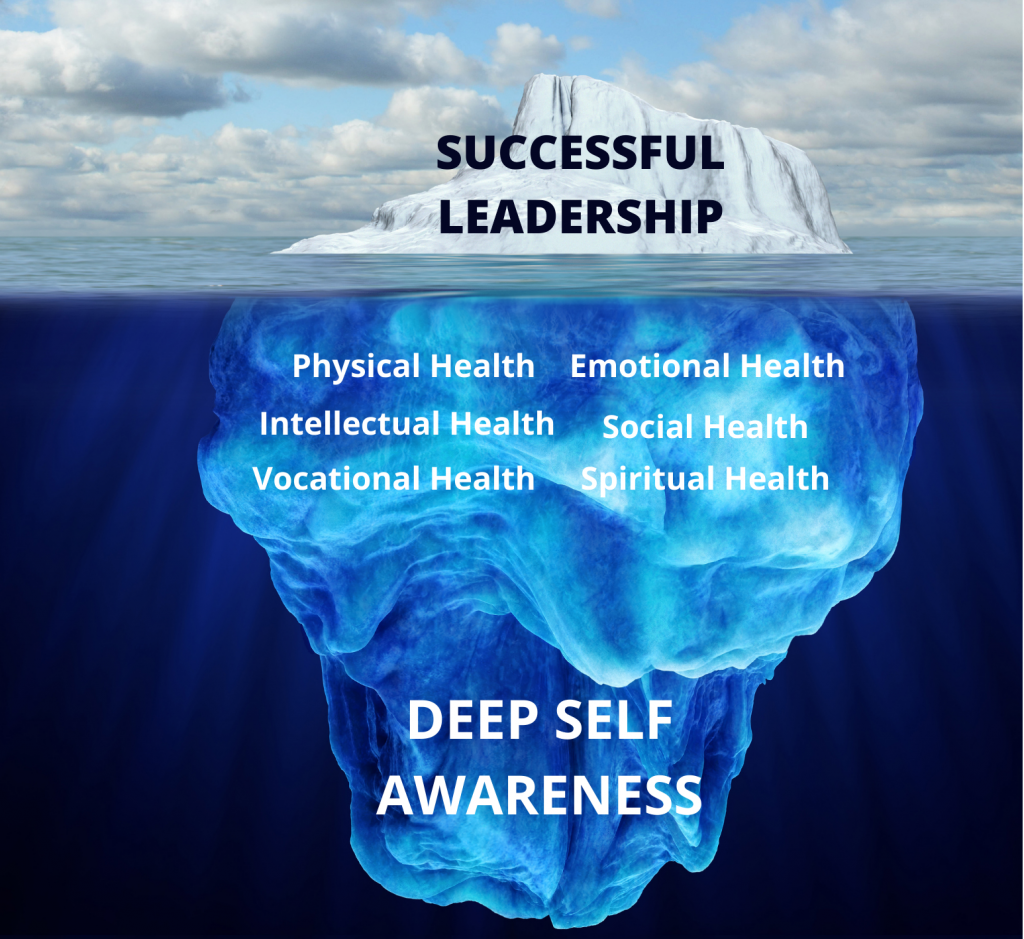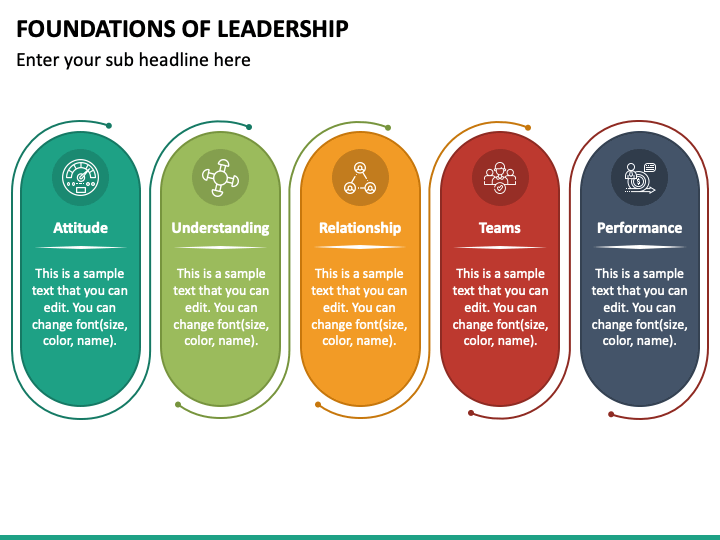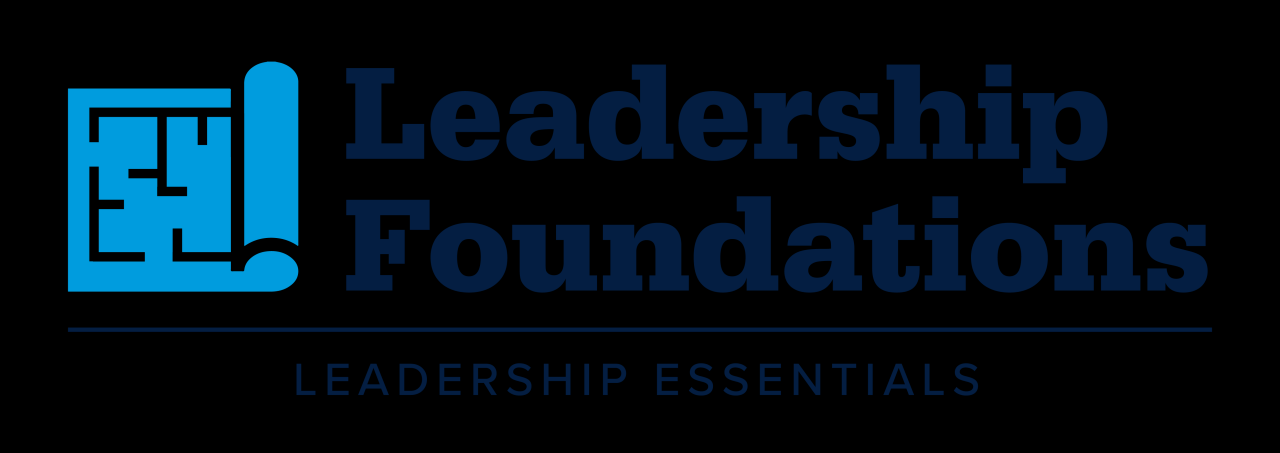Introducing IT Leadership Foundations – D370, an in-depth guide to the core principles and practices that shape effective IT leadership in today’s rapidly evolving digital landscape.
This comprehensive resource provides a roadmap for aspiring and current IT leaders to navigate the challenges and opportunities of modern technology and drive organizational success.
Foundations of IT Leadership

Effective IT leadership is crucial for organizations to harness the power of technology and drive business success. It requires a solid understanding of core principles and concepts that guide decision-making and actions.
One fundamental principle is strategic alignment. IT leaders must ensure that technology initiatives are aligned with the organization’s overall business goals and objectives. By understanding the business context and working closely with other departments, IT leaders can prioritize projects that deliver the most value and support the organization’s mission.
Ethical Decision-Making
Ethical decision-making is paramount in IT leadership. With access to sensitive data and systems, IT leaders must adhere to ethical principles and legal requirements to protect the organization and its stakeholders. This includes ensuring data privacy and security, respecting intellectual property rights, and avoiding conflicts of interest.
Stakeholder Management
Effective IT leadership involves managing relationships with a diverse group of stakeholders, including business leaders, employees, customers, and vendors. IT leaders must understand the needs and perspectives of each stakeholder group and communicate effectively to build trust and support.
Strategic Planning and Execution: It Leadership Foundations – D370

IT leaders play a pivotal role in crafting and implementing strategic plans that align IT initiatives with the broader business objectives. They leverage their expertise in technology, business acumen, and industry trends to drive organizational success.
To create an effective IT strategy, leaders must first gain a comprehensive understanding of the business goals, market dynamics, and competitive landscape. This knowledge enables them to identify opportunities and challenges, and develop strategies that address both short-term and long-term needs.
Framework for IT Strategy
A robust IT strategy framework typically includes the following components:
- Mission and Vision:Clearly articulates the purpose and aspirations of the IT department.
- Goals and Objectives:Specific, measurable, achievable, relevant, and time-bound (SMART) goals that align with business priorities.
- Initiatives and Projects:A roadmap of IT projects and initiatives that support the achievement of strategic goals.
- Resources and Budget:Estimates of the financial and human resources required to execute the strategy.
- Performance Metrics:Key performance indicators (KPIs) that measure the progress and success of the strategy.
Best Practices for Aligning IT with Business Goals
To ensure that IT initiatives are closely aligned with business goals, IT leaders should:
- Engage with Business Stakeholders:Collaborate with key stakeholders across the organization to understand their needs and priorities.
- Prioritize Initiatives:Focus on IT initiatives that have the greatest impact on business outcomes and strategic objectives.
- Communicate and Evangelize:Clearly articulate the value and benefits of IT initiatives to business leaders and employees.
- Foster a Culture of Innovation:Encourage experimentation and out-of-the-box thinking to drive continuous improvement.
- Continuously Evaluate and Adjust:Regularly monitor the performance of IT initiatives and make adjustments as needed to ensure alignment with changing business priorities.
Innovation and Technology Adoption

Innovation and technology adoption are crucial for modern IT leadership to stay competitive and drive organizational success. By embracing new technologies and fostering a culture of innovation, IT leaders can create a competitive advantage, improve operational efficiency, and enhance customer experiences.Different approaches to technology adoption exist, each with its own potential impact.
For a solid foundation in IT leadership, consider the IT Leadership Foundations – D370 course. This comprehensive program provides a thorough understanding of key leadership principles and practices. To further enhance your leadership skills, explore a master’s in executive leadership , which delves into advanced leadership theories and their application in real-world scenarios.
By combining these programs, you’ll gain a well-rounded foundation for effective IT leadership.
Some common approaches include:
Incremental Adoption
Incremental adoption involves gradually adopting new technologies, typically in small, manageable steps. This approach allows organizations to minimize risks and disruptions while still benefiting from technological advancements.
For a strong foundation in IT leadership, IT Leadership Foundations – D370 is a great resource. It covers the essential skills and knowledge needed to succeed in this field. To further enhance your understanding, consider exploring Johnson & Johnson Leadership , which provides insights into the leadership practices of one of the world’s most successful healthcare companies.
By integrating these concepts, you can strengthen your IT leadership foundation and drive innovation in your organization.
Disruptive Adoption, It leadership foundations – d370
Disruptive adoption involves rapidly and comprehensively adopting new technologies, potentially replacing existing systems or processes. This approach can lead to significant changes and benefits but also carries higher risks.
IT Leadership Foundations (D370) lays the groundwork for effective leadership in the IT industry. To further enhance your leadership skills, consider pursuing an executive masters in leadership. This advanced degree program will equip you with the strategic thinking, interpersonal communication, and organizational development skills necessary to excel as a leader in the IT field.
Upon completing D370, you’ll be well-positioned to apply these principles in your role and contribute to the success of your organization.
Case Studies of Successful Technology Adoption Initiatives
Several successful case studies demonstrate the positive impact of technology adoption. For example, Amazon’s adoption of cloud computing enabled it to scale rapidly and reduce costs, contributing to its dominance in e-commerce. Google’s investment in artificial intelligence (AI) has led to innovative products and services, such as self-driving cars and personalized search results.
Talent Management and Leadership Development

IT leaders play a critical role in attracting, developing, and retaining top talent. They must create a culture of learning and innovation that encourages employees to grow and develop their skills.
Strategies for Attracting Top IT Talent
- Develop a strong employer brand that highlights the company’s culture and values.
- Partner with universities and colleges to recruit top graduates.
- Offer competitive salaries and benefits packages.
- Create a flexible work environment that allows employees to work from anywhere.
Strategies for Developing IT Talent
- Provide opportunities for employees to learn new skills through training and development programs.
- Create a mentoring program that pairs experienced employees with new hires.
- Encourage employees to attend industry conferences and events.
- Provide opportunities for employees to work on challenging projects.
Strategies for Retaining Top IT Talent
- Create a positive work environment that values employees and their contributions.
- Offer opportunities for employees to advance their careers.
- Provide competitive salaries and benefits packages.
- Create a culture of recognition and appreciation.
Creating a Culture of Learning and Innovation
IT leaders must create a culture of learning and innovation that encourages employees to grow and develop their skills. This can be done by:
- Providing opportunities for employees to learn new skills through training and development programs.
- Creating a mentoring program that pairs experienced employees with new hires.
- Encouraging employees to attend industry conferences and events.
- Providing opportunities for employees to work on challenging projects.
- Recognizing and rewarding employees who innovate and take risks.
IT Governance and Risk Management

IT governance is the framework of rules, processes, and practices that ensure the effective and efficient use of IT resources in an organization. It is essential for managing risk, ensuring compliance, and achieving business objectives.
An effective IT governance structure includes the following components:
- A clear definition of roles and responsibilities:This includes identifying who is responsible for making decisions about IT, how those decisions are made, and how they are implemented.
- A risk management framework:This framework should identify the risks associated with IT, assess their likelihood and impact, and develop strategies to mitigate them.
- A compliance framework:This framework should ensure that IT is compliant with all applicable laws and regulations.
- An audit function:This function should independently assess the effectiveness of IT governance and risk management practices.
Best practices for risk assessment and mitigation include:
- Regularly identifying and assessing risks:This should be done through a risk assessment process that involves identifying, analyzing, and prioritizing risks.
- Developing and implementing risk mitigation strategies:These strategies should be designed to reduce the likelihood and impact of risks.
- Monitoring risks and risk mitigation strategies:This should be done to ensure that risks are being managed effectively and that mitigation strategies are working as intended.
Final Thoughts
Embracing the foundations Artikeld in this guide, IT leaders can effectively navigate the ever-changing technological landscape, foster innovation, manage risk, and cultivate a culture of excellence within their organizations.
By implementing these principles, IT leaders empower themselves to become strategic partners, driving business growth and shaping the future of technology.
FAQ Insights
What are the core principles of effective IT leadership?
IT Leadership Foundations – D370 emphasizes ethical decision-making, stakeholder management, strategic thinking, and a focus on innovation and technology adoption.
How can IT leaders develop and execute effective strategic plans?
This guide provides a framework for creating an IT strategy aligned with business goals, outlining best practices for planning, execution, and monitoring.
What is the role of IT leaders in talent management and leadership development?
IT Leadership Foundations – D370 highlights the importance of attracting, developing, and retaining top IT talent, fostering a culture of learning and innovation.